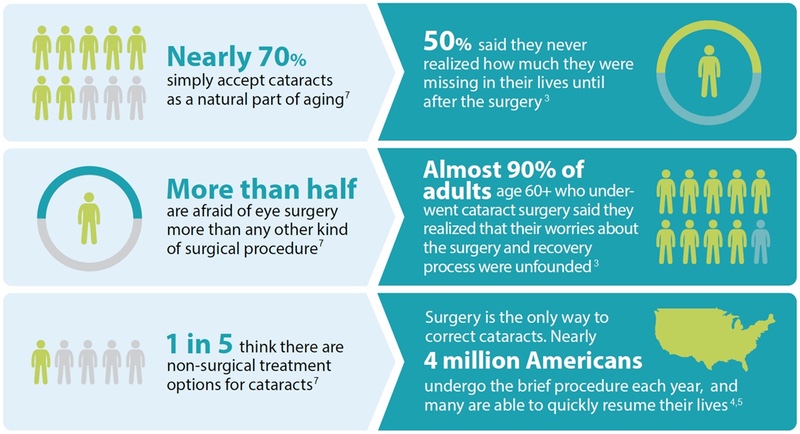What are Cataracts?
What are cataracts?
Within our eyes, we have a natural clear lens that helps us see. When this lens becomes yellow and cloudy, it is known as a cataract. Cataracts occur for many reasons, such as from aging, increased ultraviolet (UV) exposure, genetic predisposition, medication-induced, etc.
Common symptoms of cataracts
- Blurry vision despite wearing correct glasses prescription
- Increased glare and halos around lights
- Poor vision in dim light environments
- Frequent changes in your glasses prescription
Do you have cataracts and what can be done about it?
An ophthalmologist or an optometrist will know whether or not you have cataracts after examining your eyes. They will grade your cataracts and help you decide whether they are visually significant and require surgical removal. Everyone’s cataracts progress at different rates. If you have been diagnosed with early cataracts, then it is a good idea to have annual eye exams so that your doctor can monitor the progression of your cataracts.
If left untreated, cataracts will worsen over time and may lead to permanent vision loss or even blindness. It is important to see your eye doctor regularly in order to detect cataracts as early as possible and to plan an effective treatment method.

Cataract Technology Offerings: Advancing Technology for Your Sight
- LENSX Laser System
- CATALYS® Precision Laser System
- VERION Image Guided System
- Intralase IFS Femtosecond Laser
- Centurian Vision System
- OPD Scan III Refractive Power / Corneal Analyzer
- IOLMaster Coherence Tomography
- Lenstar
- Pentacam
- Endothelial Cell Count/Specular Microscope
- A-Scan
- I-Trace
- Nidek BCVA
